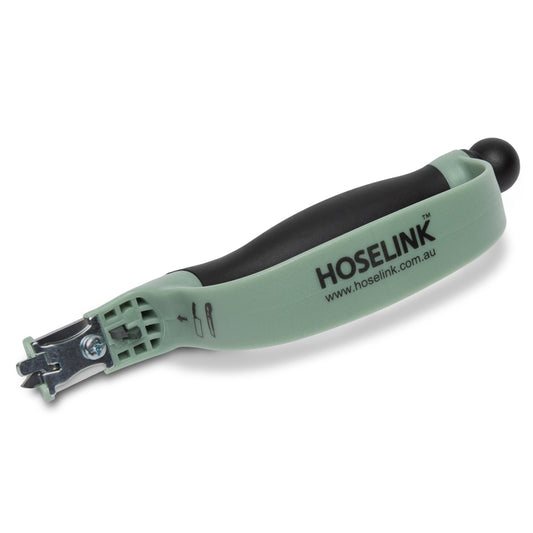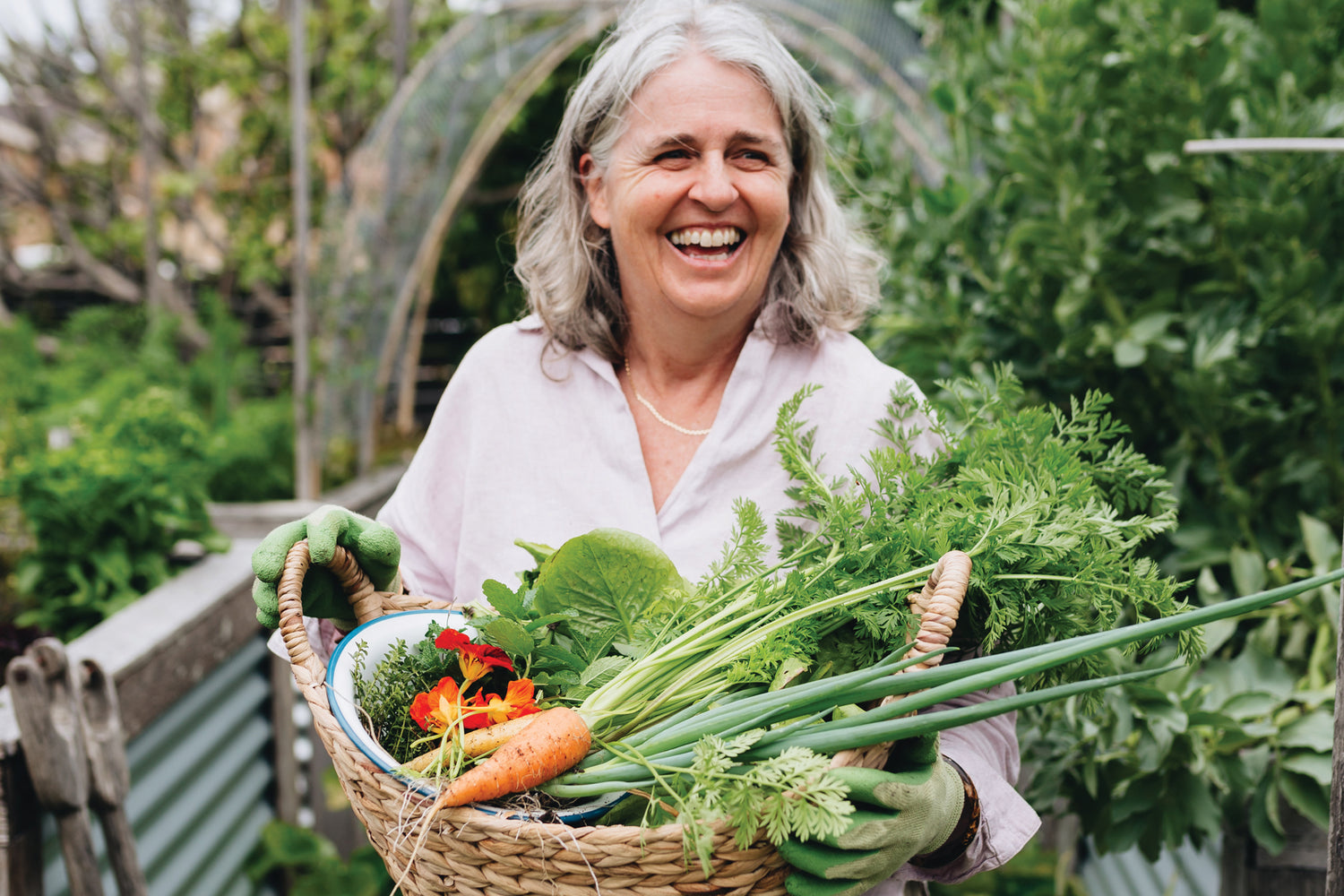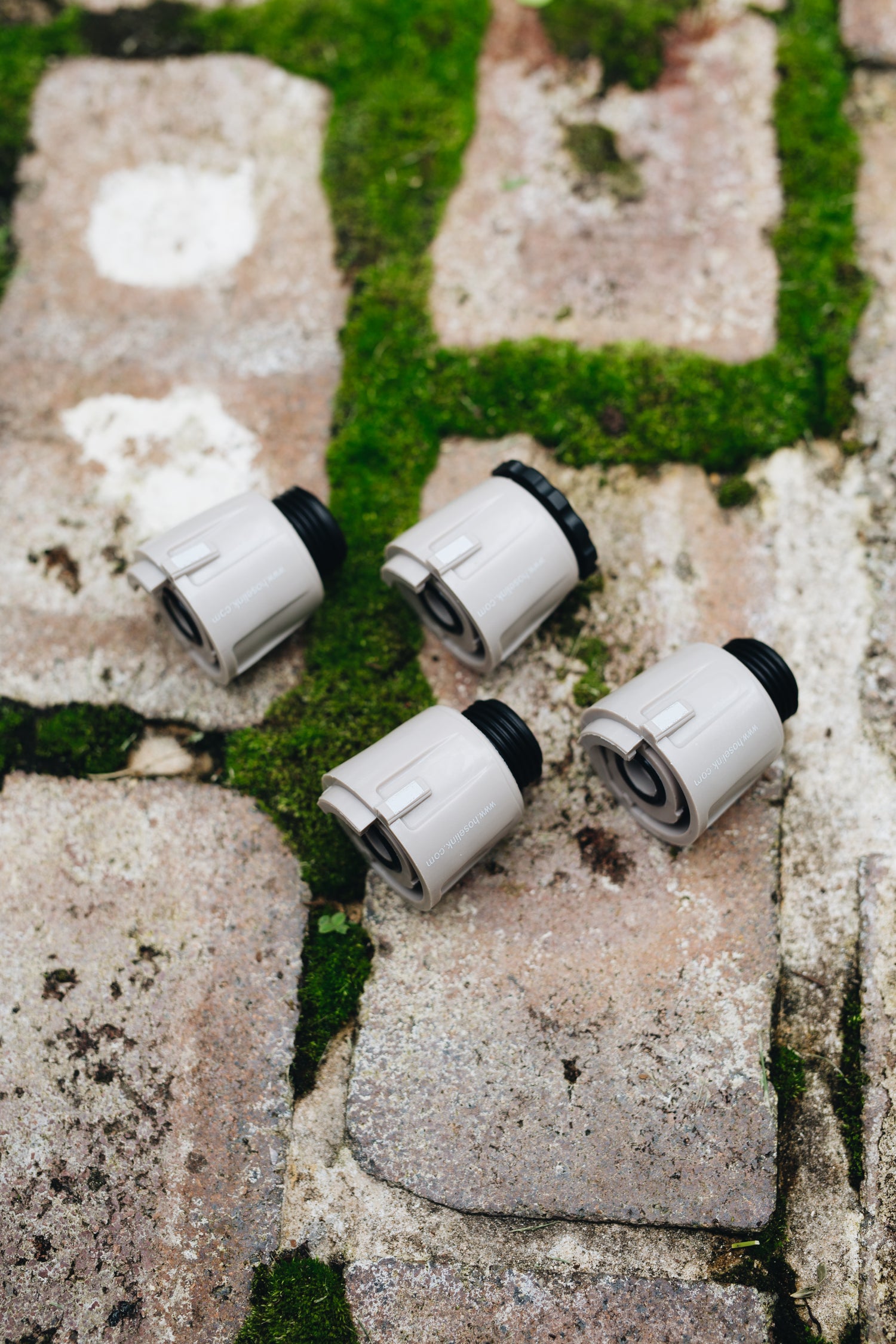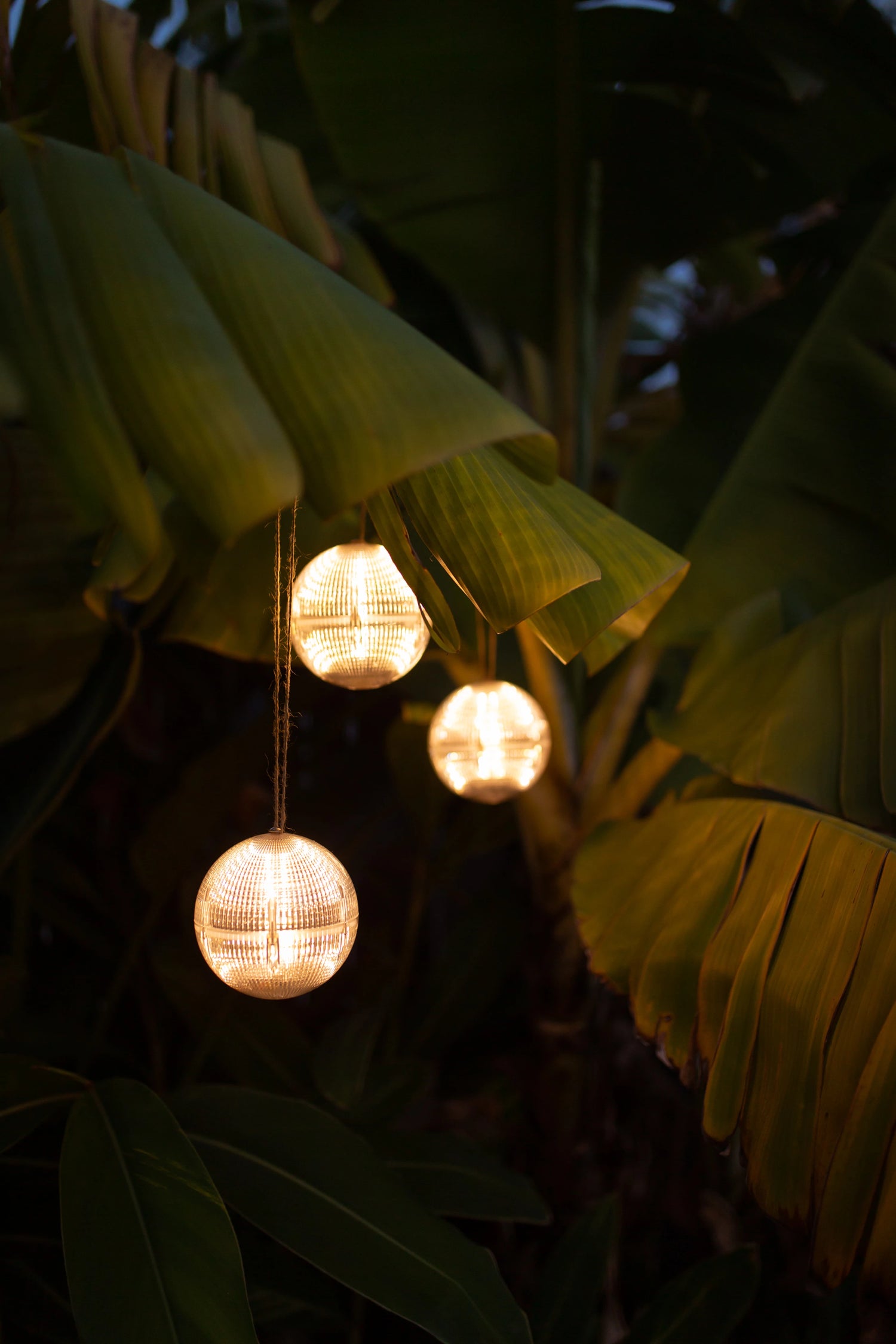Let’s face it - there’s probably no one out there that owns a home with a yard that hasn’t thought about how they could make it better.
See, when you buy a piece of property, your yard is one of the first ways people get an impression of who you are. The front yard is that curated look that sets the tone for the type of home you keep and the backyard is where you get to set up spaces that give you exactly what you want for spending your time.


No matter what size home you purchased, your yard is an extension of your living space and it should be treated as such. Maximizing your yard to create outdoor living spaces and functional zones is a great way to create a better area for you to spend time in with friends and family.
If you’re looking to get more out of your outdoor space, it’s important to define the goals you want to achieve, design your yard to meet those goals, and figure out the best way to implement features that will give you that. This will help you create functional spaces for gardening, relaxation and play so that they all work individually and together.

Define your goals
No matter what kind of yard you have, the first step to creating the space of your dreams is to define your goals for it. You can’t do much with a yard if you don’t know what you want to do with it.
For many people that own a home with a yard, they want to figure out how to incorporate space for gardening, relaxation and play. Fitting all three of those together is the struggle.
Gardening, relaxation and play also don’t always mean the same for each person. Gardening could mean you want to add trees or hedges to block a view from your neighbors or it could mean setting up a place to grow your own vegetables. Relaxation could be anything from a hammock area in the trees to hardscaping around a fire pit. And play could mean an area for kids to enjoy as much as it could mean space for your pet to run around.


Specifically defining your goals is the first step to maximizing your yard because you need to know what you want to fit into your space. We recommend these three categories because they are a great way to create a flowing space that will work for you as much as it will for future owners of your home.
Once you have decided what you want your yard to have, it’s time to take those ideas and put a plan in place to incorporate them.
Design your spaces
Now that you have your ideas in place, you have to figure out the best way to make them become a reality. Start by really examining your yard and seeing what you have to work with. A few things to take into consideration when designing your yard zones:
- Yard size- clearly, if you have a bigger yard, you’re at an advantage for being able to create dedicated zones for gardening, relaxation and play. However, more yard space means more land to fill, which could lead to bigger ideas and a higher budget. A smaller yard will mean that you might have to have smaller areas for each category, or that you will have to combine areas into one (who doesn’t love relaxing in the garden?).
- Yard shape- most yards are going to be relatively rectangular in one way or another. However, it could be a wide yard or a long yard. Or you may have space on the sides of your home that are still behind the fence in the backyard, creating a sort of U-shaped yard. Take into account the shape of the yard and how you might want the flow of your zones to fit into that shape.
- Sun exposure- sun exposure in yards is one of the biggest differentiators for people when planning their yard layout. If you have a backyard that is extremely sunny, it’s going to be great for gardening, but you’ll need to incorporate some sun protection for your relaxation and play zones. However, if it’s a shady yard with lots of big trees, the plants in your garden will have to reflect that, but your lounge area might be really comfortable. Take into account where the sun is when planning your zones to decide where each space should be.
- Existing plants- assessing your existing plants is a great way to get started with determining where your different areas will be. For instance, if your home already has big trees in one corner, that could be a great place to set up the kids play area. Or if there is a large hedge on one fence, maybe that’s where you want to set up the private relaxation area. Try to work with the existing plants to determine what other kinds of plants you will want to add. Typically, it’s best to stick with plants that are native to your area for the best growth and the least possible impact on your environment. You’ll also want these plants to be near a water source so you can keep them hydrated.
- Ground quality- finally, keep in mind your ground quality in terms of soil and drainage. If you live in an area that has thick clay soil or a lot of sand, it might be hard to plant a vegetable garden directly in the ground, so you’ll need to plan your gardening area to have raised beds. If your yard has poor drainage on one side, you probably don’t want to build a swingset for the kids or a fire pit for the adults there or you’ll be wading through mud. If needed, you might need to include a dry creek or French drain in your plans to take care of those issues.
Once you’ve analyzed your yard, it’s time to create the final design. It’s great if you can get out a piece of paper and draw a scaled version of your yard and sketch your different areas out. If you have the space to make completely different zones, try starting with placing each zone in the area of your yard that will best fit based on what you’ve planned and designed.
If you know exactly where you want a space to go but are unsure of the others, start by placing that one and then work from there. It’s best to try to make the spaces flow in the most natural way possible, as well. For instance, you probably don’t want your garden to be right outside the back door. That’s usually the best place to create your relaxation zone to make it an extension of your living space. Meanwhile, the garden is best out of the way on the side or corner of the yard, if possible, because you also probably don’t want a garden or trees in the middle of your lawn.

If you have a smaller yard space, a dual gardening and relaxation zone could be a great option! You could set up a garden in a way that it is built into both directions of a corner, or even in a circular area. Then, plan a fire pit, pergola or swing to be in the middle of the garden, giving you a natural area all around you. You could also choose to have vertical gardens around your play or relaxation area, maximizing the vertical height of your fence or house if you don’t want to use the area on the ground.


Play zones usually have a few different options for location, depending on what you want. If you’re installing something like a playground or a dog run, those are going to be best for the corner or side of your yard. If you want space for kicking the soccer ball or playing fetch with your dog, generally that’s best done in the middle of your open yard.
Take your time to plan out where you think each space will be for your yard. You can start with the sketch and could even try to upload a photo of your yard into a software online to test out different options for where zones can be. Remember that you want to have the best flow you can!
Implement functional zones
Once you’ve done the hard parts of planning and designing how to maximize your yard, it’s time to make them become a reality! You’ll need to decide what parts you can do yourself, what parts you need help on, or what parts need to be done entirely by someone else. You’ll also need to determine what you need to buy to get the jobs done, whether it’s a playset, pergola, or even pavers to create pathways.
Start by working on clearly defining any areas by using spray paint to draw out the areas in your yard as this will show you where everything goes and help you make any adjustments when you see it all in one place. Then determine your order based on your personal needs.

If you need a space for the kids or dogs to play right now, focus on setting up the play area first. If you want to get your trees and bushes growing or your veggies blooming in the summer, start with the garden. If you need an outdoor oasis to come home to after a long day of work, start with the relaxation area.
Always stay within your physical and budgetary means when working on your yard over time. Don’t put yourself in a bad situation to have a lavish yard. After you work on it, you’ll come to have the yard of your dreams in no time!
In conclusion…
If you want to maximize your yard with functional spaces for gardening, relaxation and play, you need to start by determining your goals and then making a detailed plan before you start working. Spend a good amount of time analyzing your yard to figure out what the best layout will be so that you can be happy with your end result for a long time. Any yard, no matter big or small, has the potential to be functional and beautiful if you take the time to make it that way!
This blog was written by Sean Morgan, if you'd like to find him on socials, you can find him as @charlestoncrafted











